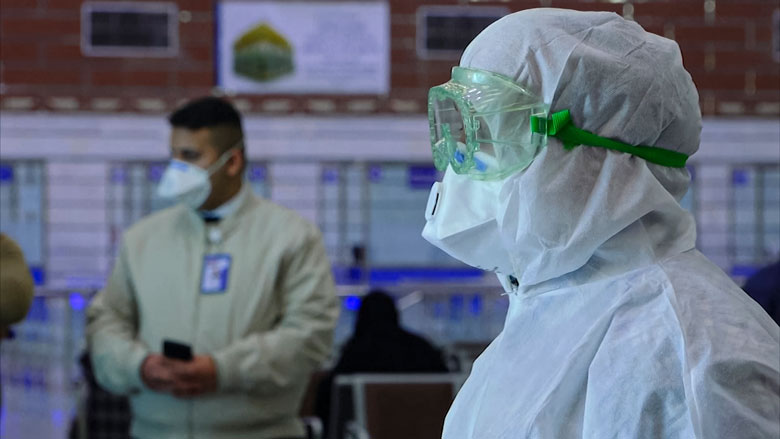World: Strategic Evaluation of WFP’s Capacity to Respond to Emergencies
2020-02-18 00:00:00 - From: Relief Web
This strategic evaluation covers the full range of emergencies WFP responds to from preparedness, immediate response and longer-term response through to exit. The evaluation is organized around the contribution that WFP capacity makes to the quality of its emergency responses. It considers WFP capacities at three interdependent levels - the enabling environment, the organization and the individual.
The evaluation concluded that:
- WFP has increased its capacity to respond to the increased number and scale of emergency responses over the past decade. However, capacities notably at the individual level are over-stretched.
- WFP has invested in surge mechanisms, training and duty of care for employees with some success. But constraints to developing and sustaining access to needed expertise across emergency contexts and phases of responses risk undermining the quality of emergency responses.
- WFP has developed capacity to deal with the growing complexity of emergency responses and to respond to external trends. However, the lack of an organization-wide emergency response framework constrains linked-up planning for the development of WFP capacities.
- When confronting competing priorities, WFP consistently prioritizes efficiency and coverage. More attention needs to be paid to other aspects of preparedness to make sure responses remain relevant.
- WFP's contribution to sector-wide responses is highly valued and contributes to inter-agency efficiency and better coverage. Evolving roles and UN reform mean that new guidance and clarification will be needed.
- Limitations in WFP corporate monitoring frameworks and systems constrain oversight of the effectiveness of its responses. Effective learning platforms are also lacking.
The evaluation made 10 recommendations:
- Significantly increase and maintain investment into the scale and pace of the development of long-term, sustainable HR systems to ensure sustained access to skills needed in emergency responses across emergency contexts, roles and phases of response.
- Build on current momentum and invest in strengthening duty of care across the organization to include wellness, safety and security of staff and to build awareness and understanding of the cross-organizational responsibilities.
- Significantly strengthen WFP emergency preparedness through context-specific preparation and sustained liquidity of financing and commodity management mechanisms including for pre-emptive response.
- Develop a consolidated framework for emergency response to support the planning for capacity development and implementation of WFP responses across contexts reflecting the organization's level of ambition for the quality of responses and range of WFP roles.
- Pursue more equitable approaches to partnerships to include improved and consistent risk management of partners in insecure contexts as well as partner participation in response design and capacity building.
- Intensify investment in organizational and staff capacity strengthening to ensure WFP can operate through a broad range of roles in increasingly more complex settings and profoundly changing environment.
- Significantly strengthen support to the practical application of a principled approach and to the centrality of protection, accountability to affected populations and gender responsiveness in emergency response.
- Continue WFP meaningful engagement with UN reform process to ensure humanitarian space is safeguarded, clarify WFP roles in inter-agency collaboration and develop WFP systems to sustain support for new forms of partnership .
- Strengthen monitoring of emergency response through tracking results over time and enable comparison across responses.
- Increase organization-wide access and use of emergency response lessons learned through strengthened knowledge platforms and incentivizing use.


